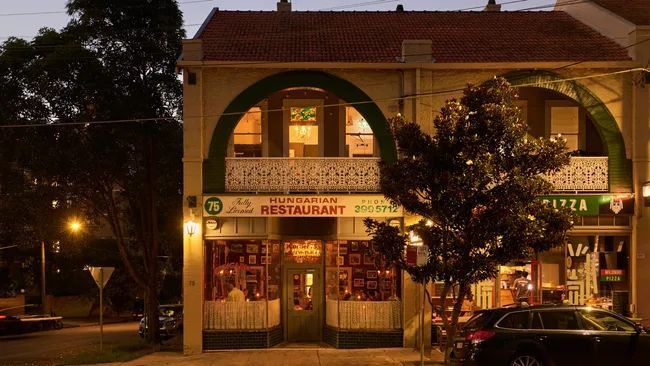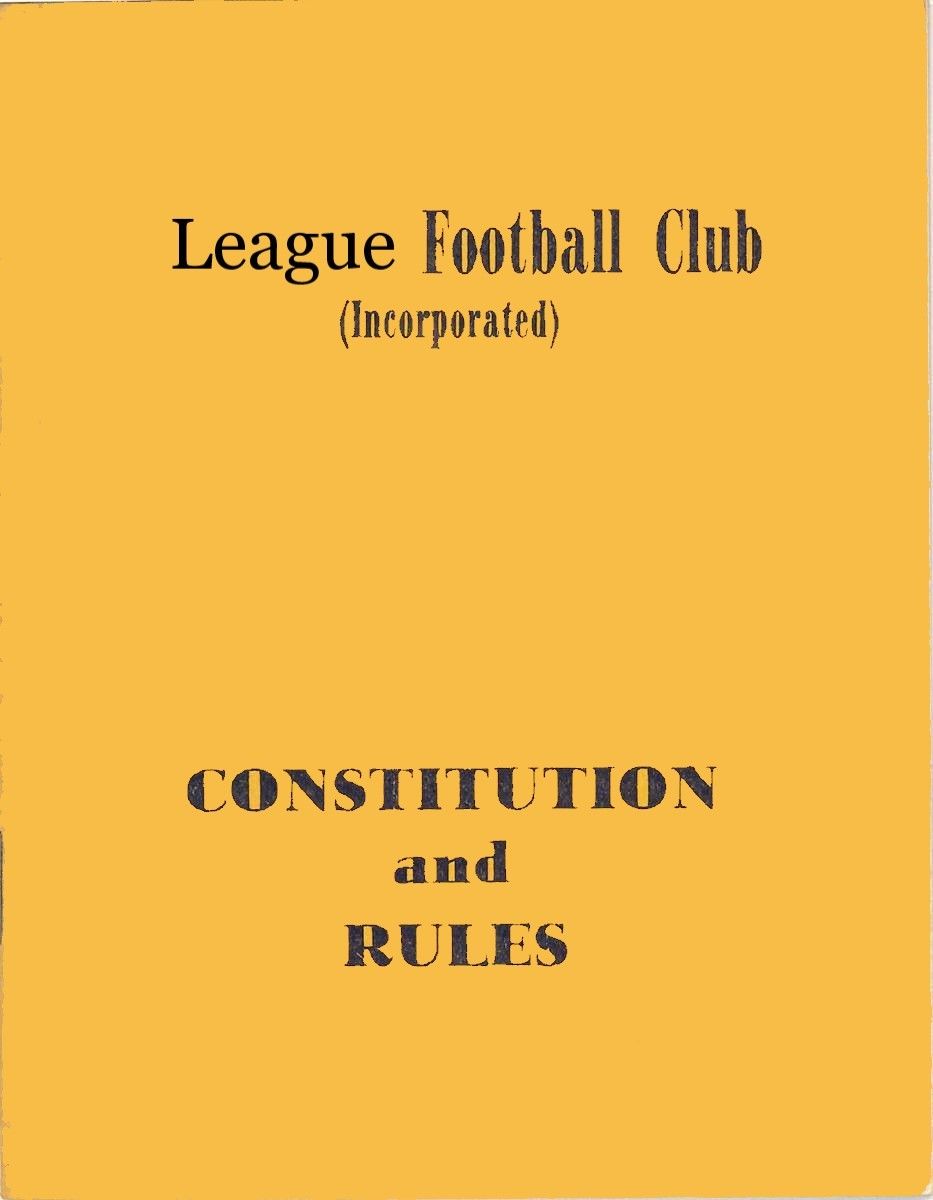Crisis Management and Business Recovery Plan…what plan?
Well, if the past two years have taught us anything, it is to expect the unexpected!

Just when we thought we were over drought, bushfires, flood and COVID, we have been whacked again by extreme flooding in parts of northern NSW and the coastal regions from Sydney to the Queensland border.
When facilitating strategic planning with organisations, I always ask if they have a Crisis Management and/or Business Recovery plan in place? Most don’t and up until 2020, no-one had pandemic in their Threat section of the SWOT (Strengths, Weaknesses, Opportunities and Threats) analysis either. You can bet they all have pandemic in there now, but gee, what about the response to bushfires and flood, as key environmental threats that rear their ugly heads with monotonous regularity?
Crisis Management
What do I mean by Crisis Management and Business Recovery plan? When the excrement hits the wind generating implement, a Crisis Management plan spells out:
X What needs to be done?
X Who should do it?
X When it needs to be done by? and
X What resources we need to do it with?
Everyone needs to be aware of this plan, so that no matter what the crisis, everyone knows their role and what has to happen. Whilst the flood levels this time were extreme, such that for example the businesses in the whole main street of Lismore were inundated to ceiling level and beyond, which is virtually indefensible, under normal circumstances, crisis response or preparation would probably include:
X Ensuring you have flood damage insurance cover (where possible, feasible and affordable) and someone is responsible for
contacting the insurance company in the event of a flood
X Identifying the chain of command for decision making – the owner, the boss, the board or the manager – one must be selected as
the senior decision maker
X Moving any portable valuable to high ground (above any possible flood level)
X Barricades at doors with plastic sheeting and sandbagging to protect against inundation as much as possible
X Isolation of electrical circuits (as water and electricity really don’t play well together
X Ensuring the property is as secure as it can be to prevent possible access to looters after the fact
X A list of tasks identified that need to be done and allocating who is responsible to do those tasks
X Communications – ensure all stakeholders – staff etc. - have a contact list of phone numbers (assuming the network stays
operational) to keep in touch and coordinate activities
Whilst I am sure my list is comprehensive, it is neither complete nor prescriptive. The point here is you need a tailored crisis management plan that will allow you to be prepared for the emergency before it arrives. It is something you should discuss and review occasionally and with the Lismore flood example, a couple of years ago the flood in the main street only went to a metre or so above floor levels. Therefore preparations for that level of inundation would have been less than fully effective against this year’s 2 – 3 metres above floor level.
And fire preparedness is another strategy altogether which would logically include securing irreplaceable vital documents and valuable items in a fireproof location, instructions regarding evacuation decision making, with an over-riding instruction to follow the fire services emergency response teams advice.
Business Recovery
So with your Crisis Management plan, you now know what to do when it all goes pear shaped, but then 2 critical questions arise:
- Can we continue to trade whilst we regather ourselves and repair the damage?
- If the answer to Q1. above is no, how do we sustain/continue to trade as a business until we have repaired and recovered?
So your Business Recovery plan must include Business Continuity, spelling out how you will continue to trade, or how you will keep paying the bills and retain staff till the business is ‘back to normal’.
I will declare here that I am not on the payroll, nor receive any commissions or incentive payments from, any insurance company, however I am a great advocate of being appropriately insured as a business. In this context you can take out Business Continuity (or Interruption) Insurance that will cover things like payment of rent and staff wages (amongst other agreed covers) for a percentage of the usual amount and for an agreed period. This insurance will assist in retaining your premises, your staff and allow you to focus on the other issues, like repairs and refurbishment of your premises and replacement of stock, to expedite your return to business as usual, so be sure to talk to your business insurance broker today!
Your premises (building) refurbishment and stock (inventory) replenishment should be funded by your normal business building and content insurances, so once the crisis has passed, it is critically important to work to your Business Recovery plan and get back trading in some way, shape or form as quickly as possible. An important note here – if you are a tenant in someone else’s building, get a copy of their Certificate of Currency every year, to ensure they can repair the building if an emergency occurs. If you can’t get that, find new premises to rent where they can provide insurance assurance for you.
Whilst they had no plan in place at the time, when the Ardlethan Bowling Club burned down in early 2014, they had no good options in town for alternate premises till they were able to rebuild their club, so two strategies arose:
- The club traded out of the greenkeepers shed for the first six months of the recovery
- By December 2014, six months after the fire, they had approval for, and had completed construction of, their temporary clubhouse which is now used as club rooms for the bowlers
During that time, simultaneous planning occurred to design and build the replacement club and within two full years the new club was opened in April 2016.
Under normal circumstance, your Business Interruption/Continuity plan will have identified alternate premises to operate from in the short to medium term, until your premises are completed. Katoomba RSL traded from their amalgamated Wentworth Falls Bowling club for most of the time it took to rebuild their new club on the home site (February 2017 till August 2019).
As is always the mantra, ‘if you fail to plan, you plan to fail’, and as I always say ‘the benefit of the plan is in the planning’. So going through the planning process means you know what needs to happens if the worst should occur, but you hope and pray you never need to invoke the plan.
I encourage every club, pub and restaurant to have a Crisis Management and Business Recovery plan in place, so you do not go into a flat spin panic when things go sideways. If you need guidance and assistance, I can provide templates and facilitate planning sessions to ensure you are prepared for any foreseeable eventuality. For more information contact Ron Browne, Managing Consultant on 0414 633 423 or ron@extrapreneurservices.com.au










